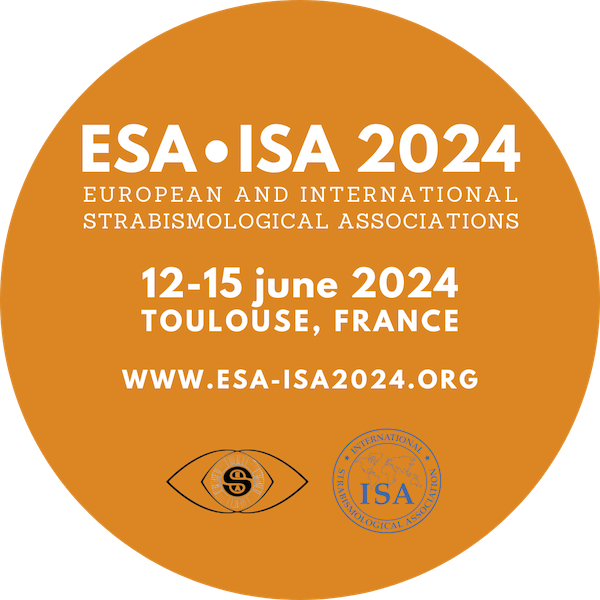
Session: Poster session A
Amplitude of accommodation measurements by otorefractometer in children with bilateral high hyperopia
Purpose: To evaluate the amplitude of accommodation by otorefractometer in children with high hyperopia.
Materials-Method: The records of children with bilateral high hyperopia (6,00 diopter and above) were investigated. Age, amplitude of accommodation (AA) values and pupil size (PS) changes measured by otorefractometer (Tonoref III), spherical equivalent (SE), astigmatism, presence of amblyopia, strabismus, and stereopsis were noted. Age-matched emmetropic children were also evaluated as a control group. Comparisons between groups were statistically performed.
Results: The mean ages of high hyperopia (n:32) and control groups (n:12) were not statistically different (p:0,84). There were statistically significant differences in terms of mean AA, SE, and astigmatism values between groups (p:0,001, p<0,001, p<0,001). AA difference between the two eyes was not different between groups (p:0,30). Pupil size measurement was not different between groups (p:0,42). The presence of amblyopia and stereopsis were higher in the hyperopia group and stereo acuity was better in the control group.
Conclusion: Amplitude of accommodation, measured by a new otorefractometer (Tonoref III,) was found to be lower and asymmetrical accommodation was not remarkable in patients with high hyperopia.